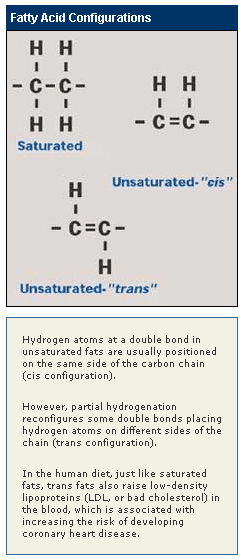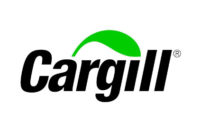
The report indicated a Tolerable Upper Intake Level for trans fats of zero. But since trans fats are unavoidable in most diets, the committee could not recommend such a Tolerable Upper Intake Level. The recommendation that the report did make is to keep dietary trans fat levels to a minimum, while maintaining adequate consumption of protein and certain micronutrients.
Minimizing trans fat in the diet could potentially require significant lifestyle changes for a large number of people. A major source of dietary trans fats is hydrogenated vegetable shortening, which is used in manufactured baked products, snacks and fast food. In response to this information, McDonald’s Corp., Oak Brook, Ill., as well as Frito-Lay Inc., Plano, Texas, have announced that they will significantly reduce trans fat content in some products.
Dairy products and meats contain smaller amounts of trans fats, and levels can vary seasonally. As presented in the IOM report, limited data suggests that certain trans fatty acids, which fall under the term “conjugated linoleic acid” (CLA), are naturally found in dairy products and may hinder uptake of lipids by adipocytes (fat cells), as well as possibly inhibit carcinogenesis and atherogenesis.
FDA has reacted to the IOM report by taking an incremental approach to providing for mandatory declaration of trans fat on food labels. A document published in the Federal Register on Nov. 15, 2002, states that trans fat content will be required to appear within the Nutrition Facts panel, separately from and directly below saturated fat. This is said to become effective in early 2003.
FDA also re-opened the comment period for 30 days after this November 15 publication, to receive comments on a footnote statement it is proposing be required on the label when trans fat is listed. An asterisk was proposed to appear in the % Daily Value column, referring consumers to an asterisk at the bottom of the Nutrition Facts panel near a footnote statement containing the following: Intake of trans fat should be as low as possible. (The proposed rule originally stated that trans fat would be included with saturated fat with an asterisk referring to a statement such as “includes X grams of trans fat.”)
As this information is becoming available, some manufacturers are trying to get a jump on trans fat testing of their food products. Some manufacturers are even choosing to label trans fat before the ruling is finalized. FDA says that it is okay to do so in the format proposed in the document mentioned above, as long as the footnoted statement is also included. However, FDA cautions that the final ruling may differ from this proposal and manufacturers would then need to change their labels to remain in compliance with the law.
An official method recommended by FDA for testing trans fats in food products is AOAC 996.06, which uses gas chromatography. FDA hesitates to speculate on technical questions regarding methods for analyzing CLA and whether or not CLA can somehow be differentiated from other trans fat on Nutrition Facts. And as for the final ruling, well we will all just have to wait and see.
